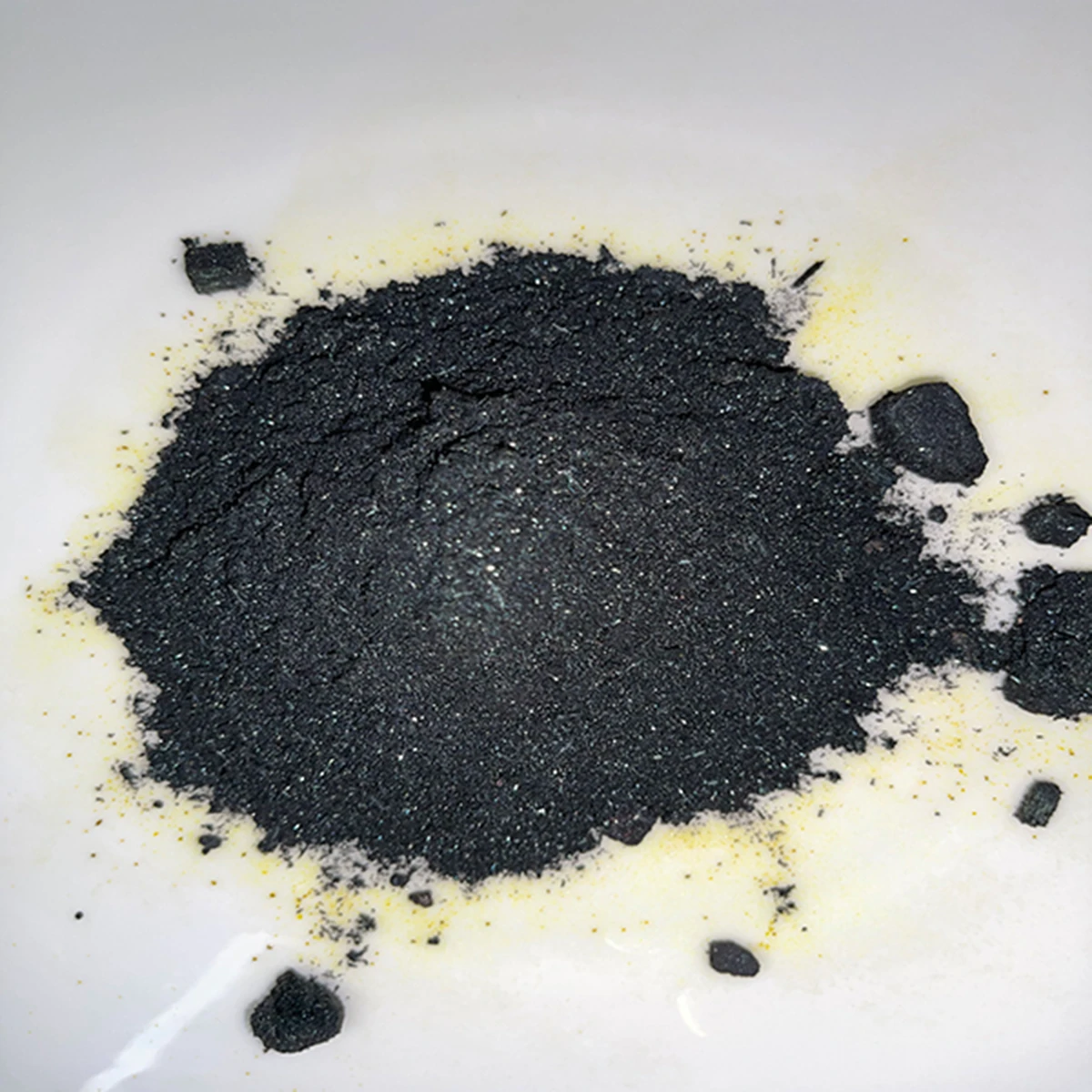



Safety Data Sheet Overview for Barium Sulfate and Its Handling Guidelines
Understanding the Material Safety Data Sheet (MSDS) for Barium Sulfate
Barium sulfate, known chemically as BaSO4, is an inert white solid that is commonly used in various industrial applications, including as a pigment, in the manufacturing of plastics, and particularly within the realm of medical imaging in X-ray procedures. Despite its widespread use, it is crucial to handle this compound with care, and the Material Safety Data Sheet (MSDS) serves as an essential resource for safe handling, potential hazards, and emergency measures.
Chemical Properties and Uses
Barium sulfate is a non-toxic compound that appears as a fine white powder. It is insoluble in water and most organic solvents, which makes it an ideal contrast agent for medical imaging. In addition, the compound is widely employed in the paper and rubber industries due to its opacity and ability to enhance the brightness of products. Its applications extend to the oil and gas industry, where it is used in drilling fluids to control pressure in deep drilling operations.
Health Hazards
While barium sulfate itself is relatively non-toxic, it can pose risks if inhaled as a fine dust or if particles are ingested in significant quantities. The MSDS outlines the health risks associated with exposure, categorized into routes of exposure including inhalation, ingestion, and skin or eye contact.
1. Inhalation Breathing in barium sulfate dust can irritate the respiratory tract, leading to symptoms such as coughing or shortness of breath. Prolonged exposure may result in more severe respiratory effects. 2. Ingestion While barium sulfate is used in medical imaging safely, if ingested in large quantities outside of medical settings, it can lead to gastrointestinal disturbances. It is important to adhere to guidelines when using this material to prevent accidental ingestion.
3. Skin and Eye Contact Direct contact with the skin may cause mild irritation. In the case of eye contact, it can lead to serious irritation, highlighting the need for appropriate protective gear during handling.
Protective Measures
barium sulfate msds

The MSDS emphasizes the necessity of personal protective equipment (PPE) to prevent exposure
. Recommended measures include- Respirators When working in environments where dust is generated, wearing appropriate respiratory protection is critical to avoid inhalation risks. - Gloves Protective gloves should be worn to minimize skin contact, especially when handling large quantities. - Goggles/Face Shields To prevent eye contact, goggles or face shields are advised, particularly during transfer or packaging operations where spillage is possible.
Emergency Measures
In the event of an accidental spill or exposure, the MSDS provides detailed instructions for addressing emergencies.
- Spills Areas where barium sulfate is spilled should be evacuated. The spill should be contained using appropriate methods and cleaned up using vacuum hoses or wet sweeping to prevent dust formation. - Inhalation Exposure If inhaled, individuals should be moved to an area with fresh air. If symptoms persist, medical attention should be sought immediately.
- Skin Contact Affected areas should be washed with soap and water. If irritation continues, seek medical help.
- Eye Contact The eyes should be flushed with plenty of water for at least 15 minutes while seeking immediate medical attention.
Conclusion
The Material Safety Data Sheet for barium sulfate is a vital document that provides information on the handling, hazards, and emergency responses relevant to this commonly used compound. Understanding the proper safety protocols not only protects individual health but also ensures safe practices within various industries utilizing this material. Users must familiarize themselves with the MSDS to ensure safe handling and mitigate potential risks associated with barium sulfate. Always prioritize safety and adhere to the guidelines outlined in the MSDS to foster a safer working environment.
-
Why Sodium Persulfate Is Everywhere NowNewsJul.07,2025
-
Why Polyacrylamide Is in High DemandNewsJul.07,2025
-
Understanding Paint Chemicals and Their ApplicationsNewsJul.07,2025
-
Smart Use Of Mining ChemicalsNewsJul.07,2025
-
Practical Uses of Potassium MonopersulfateNewsJul.07,2025
-
Agrochemicals In Real FarmingNewsJul.07,2025
-
Sodium Chlorite Hot UsesNewsJul.01,2025










